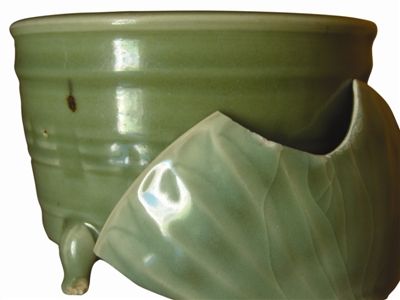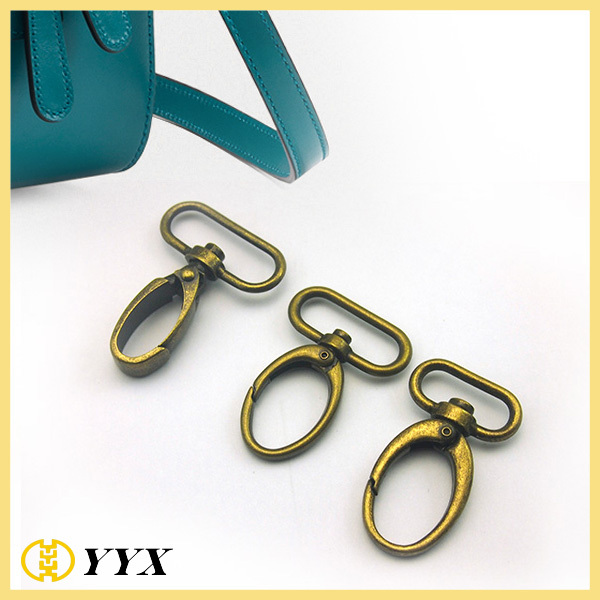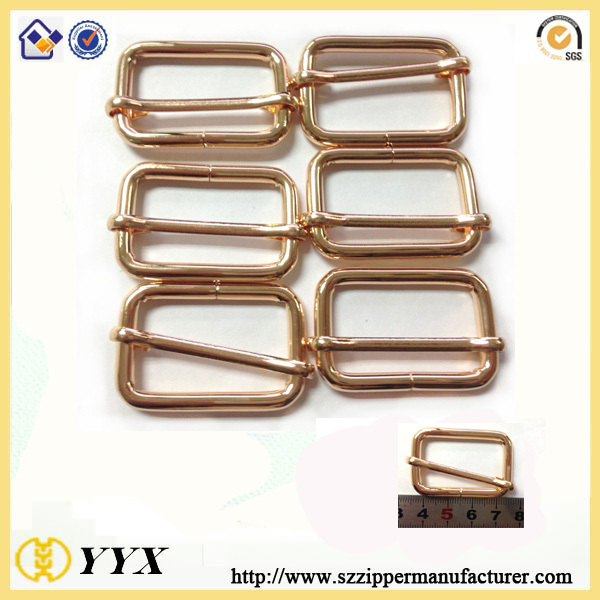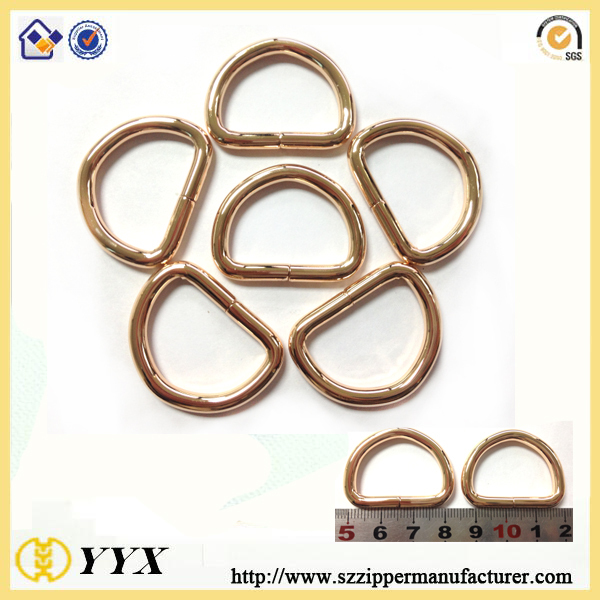 Nowadays, there is a kind of understanding in the collectors community that regards the instrument type as the primary basis for the generation of artifacts. This kind of thinking is unscientific. There are imitations between the various dynasties, and simply taking the type as the basis for the passage of generation will bring us many confusions and mistakes.
Nowadays, there is a kind of understanding in the collectors community that regards the instrument type as the primary basis for the generation of artifacts. This kind of thinking is unscientific. There are imitations between the various dynasties, and simply taking the type as the basis for the passage of generation will bring us many confusions and mistakes. A few years ago, there was an issue of the "broken agent" and the author arguing about the age of a Longquan stove. That piece of Longquan kiln plum green enamel utensils is “through the hearth furnaceâ€, and the device type is like a furnace. There is a hole in the middle of the bottom of the device. The purpose of the hole should be as a kind of flower and grass drainage design. The glazed surface of the furnace is green and green, with a thick and transparent glaze layer, a white bump on the sole of the foot, and a “flint red†phenomenon on the hearth. These characteristics are consistent with those of the Longquan plums in the Song Dynasty. They should be rare. Song Longquan Mei Ziqing Glaze utensils.
"Mechanisms" believed that the artifacts were of the Ming Dynasty on the grounds that they had only seen the Longquan "through heart furnace" of the Ming Dynasty, and that the Longquan kiln of the Song Dynasty had no such artifacts. However, if the device is a Ming Dynasty artifact, it will face such a problem. The cultural relics community believes that the Meizi green glaze in the Song Dynasty was the best in ancient times. It is wrong because the glaze of this artifact is comparable to the collection of the Qingquan plum green enamel utensils in the Song Dynasty. Not inferior. In the end, who is right and who is wrong with the two views? It is necessary to talk about what the logic of ancient weapons is.
Because of the long history of ancient devices, we often need to judge the age of production of artifacts based on archaeological excavations and historical records. Specifically, we will analyze and analyze various information concerning artifacts. This kind of authentication logic is called "selecting relatively large probability results." The glaze and craftsmanship of this "Longquan Piercing Hearth Furnace" is in complete agreement with the Longquan plum green enamel utensils of the Song Dynasty. Its gossip ornamentation is also reflected in other Longquan three foot stoves of the Song Dynasty. The obvious difference is the bottom of the Song Longquan censer. One more hole. If this artifact is from the Ming Dynasty, its shape and ornamentation are the same as those of the existing Longquan “Heartblade†of the Ming Dynasty, but its key process is that the plum color of this furnace is better than other existing Longquan devices of the Ming Dynasty. It must be crisp and transparent, and it belongs to the best one. The glaze color reached the standard of plum scouring in the Song dynasty. It also showed that the Ming dynasty had copied the Longquan plum green glaze that had the same effect as the Song dynasty. This also overthrew the previous viewpoint that the Qing dynasty plum glaze was the best view in history.
Then the two analysts are more likely to be close to the facts, that is, the viewpoint of the Song Dynasty. Because if it is the Song Dynasty artifacts, it only needs to satisfy a simple condition, that is to say, only one hole can be made on the basis of the original three-legged furnace to make this artifact, and if it is the Ming Dynasty, it needs to satisfy complex conditions. It must develop a very high level of recipes and firing processes to achieve. From the perspective of the probability of being in existence, the two sides view it as an orphan product.
In the Ming Dynasty, from the beginning of the country, it took a few hundred years to invert the device. If there really were products of Plum Glaze, why didn't they appear in these places? Why did the technology suddenly disappear? The existing remnants of Longquan in the Ming Dynasty, including the tiles and the entire device, did not find such a high-quality plum celadon product. From the comparison of the two facts, it is found that the probability of such a plum plume orphaned in the Song Dynasty is much greater than that of the Ming Dynasty.
Buckles, Snaps, Slides, D-Rings, Loops, Fasteners, and other General Hardware are our main products. The bag metal buckles are made from zinc alloy or iron. Applications include Tents and Camping Equipment, Military, Bag, Animal Harnesses, Pet Leashes, Collars and Harnesses, Luggage, Straps and Fashion.
Professional, customized design and development services are welcome! Whether you are looking for a new part concept or you just need to reduce cost, our experienced engineering Team is ready to help with any project. Send us artwork in picture, PDF or AI format, and we will give you perfect product!



*Related Products:swivel metal hook,d ring,carabiner hook,adjuster buckle.
Metal Buckle,Metal Belt Buckles,Customized Buckles
Shenzhen Yiyixing Zipper Manufacture Co.,Ltd , http://www.yyxzip.com